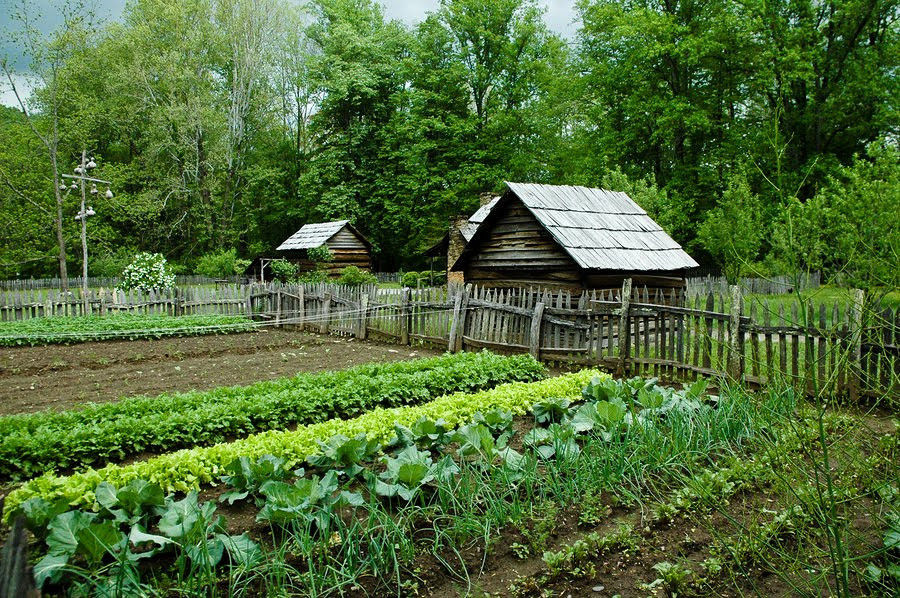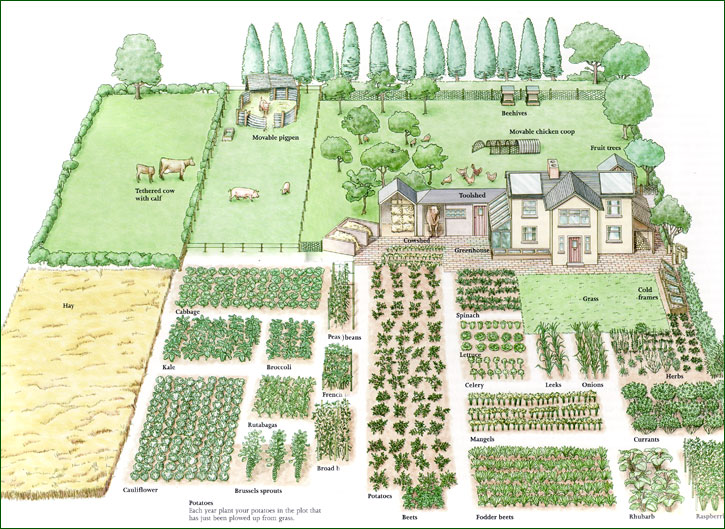Letters Re: The Human-Powered Veggie Garden, by J.A.
HJL, To be successful, the gardener needs to know about their local soil. We have taught vegetable gardening down in South Florida. Often it is more manageable to build a raised garden. Since our soil is about 2” to 4″ before we hit coral rock, we are more successful with the raised garden. This also applies to other poor soiled areas. And if the soil quality is controlled, so are pests. The better the soil, the sweeter the yield. – ebec.usa o o o Hugh, The only thing that I would add is to include a spading fork to the …


